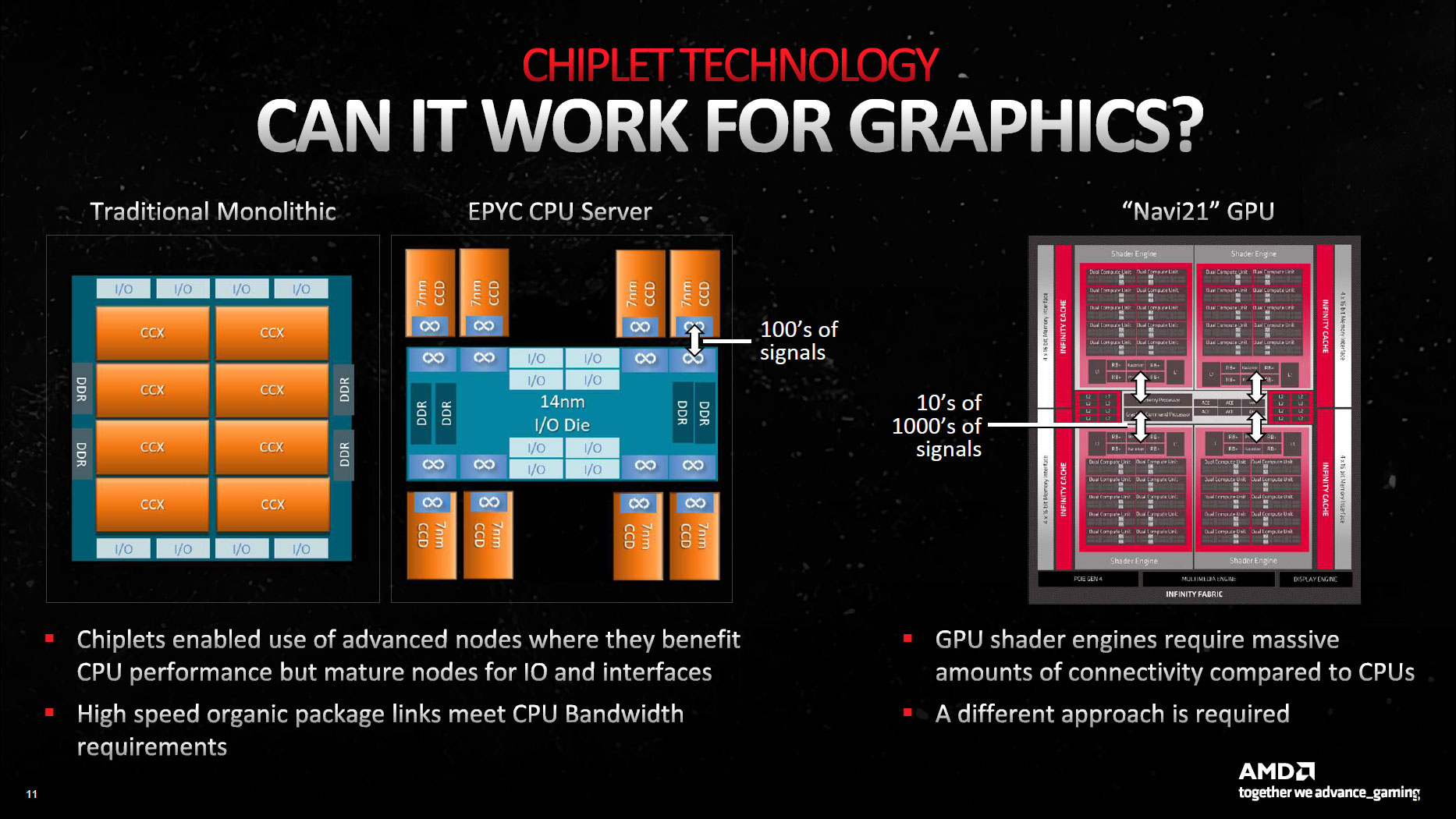Originally posted by schmidtbag
View Post
- CP2K Molecular Dynamics (1P)
- NAMD (1P)
- NAS Parallel Benchmarks
- CloverLeaf
- SPECFEM3D
- Timed Godot Game Engine Compilation
- Timed Linux Kernel Compilation
- Timed LLVM Compilation
- ASTC Encoder (Preset: Fast)
- Graph500
- MariaDB
- TensorFlow (Model: GoogLeNet, ResNet-50)
- NeuralMagic DeepSparse
I'm so glad Michael included both 1P and 2P, because that helps us distinguish between raw workload scalability vs. poor SMT efficacy.


Comment